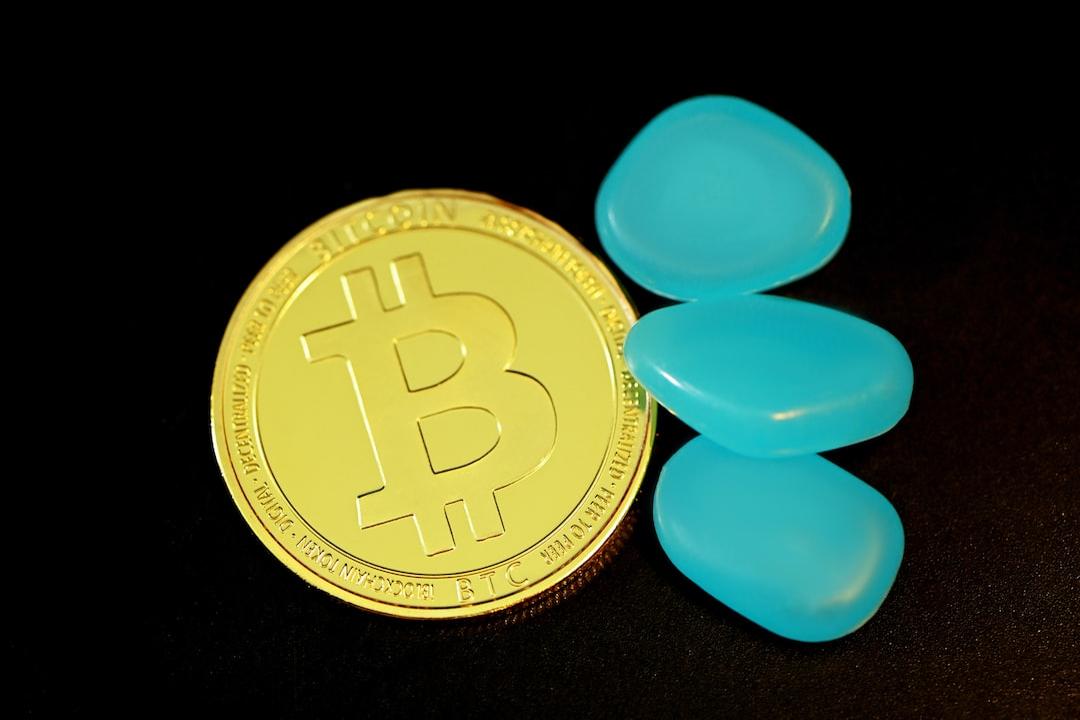Coin World Report:
Authors: Derek & Alana Levin, Variant Fund; Translator: dcaijingxiaozou
We are pleased to announce that we have led the seed round financing for Satflow, a new professional trader DEX based on the Bitcoin network.
1. Why Bitcoin? Why now?
Variant has been tracking the Bitcoin ecosystem for many years. In the past 12 months, we have noticed three major potential trends that are in the early stages of generating new waves of development experiments and user interest:
(1) Development of new asset forms
For years, the community has been opposed to development on the Bitcoin base layer, but public appetite seems to have changed. This is the first time we have directly tokenized on Bitcoin. The release of the Ordinals, BRC20s, and Runes standards represents significant progress in increasing the productivity and number of fee-based activities on Bitcoin. Each new token standard improves the token trading experience (for example, Runes is the newest and most fungible among the three standards and can trade more decentralized US dollar funds). We believe that experiments with new asset standards on Bitcoin will start from here and continue.
(2) Major efforts to make Bitcoin and its ecosystem more programmable
The Bitcoin ecosystem contains nearly $900 billion in potential capital. So far, the limitations of Bitcoin’s scripting language have been considered the core barrier to building expressive applications around this capital. But we have begun to see some meaningful new attempts to expand Bitcoin’s utility. A core protocol upgrade called OP_CAT is underway that will enhance the ability to build applications directly on L1. Broadly speaking, at least a dozen Bitcoin smart contract layers (commonly known as “Bitcoin L2”) have received venture capital. Various efforts are collectively transforming Bitcoin into a powerful and attractive development platform.
(3) Institutional adoption and interest
Institutional adoption and interest are primarily driven by the launch of Bitcoin spot ETPs. Since its launch in January this year, ETPs have attracted over $70 billion in new investments. Research shows that asset ownership can generate stronger interest and loyalty to these companies when making purchase decisions. We believe that owning Bitcoin may have a similar effect: as more and more users start holding Bitcoin in their investment accounts, curiosity about what else people can do with Bitcoin will grow. Over time, this will attract more interest and more new users will interact directly on the chain.
The impact of these positive trends is that in the past 12 months, the Bitcoin ecosystem has gained more resources, developer mindshare, and user attention than at any time in its 15-year history.
2. A DEX designed for professional traders
As the Bitcoin ecosystem evolves, user diversity is also increasing. There is now a thriving community of professional traders directly trading on the Bitcoin network. However, product innovation for this group has lagged behind, especially compared to professional tools and exchanges in other ecosystems. Satflow changes all of this.
Every transaction in the Bitcoin ecosystem has three core stakeholders: buyers, sellers, and miners.
– Miners want to maximize fee income.
– Sellers want competitive bids and fast execution.
– Buyers want reliable execution, ample inventory, and sufficient liquidity.
Today, many DEXs tend to focus on one or two stakeholders. Satflow has built a DEX that considers the interests of all three stakeholders, resulting in a first-class trading experience, especially for professionals and market makers.
Supporting the Satflow system is an innovation called Memflow. Memflow is an infrastructure that organizes and displays real-time mempool data for buyers on the Satflow interface. It also helps classify transactions and provides reliable data streams for key events on-chain, whether it’s new coin minting, major trades, or runic creations.
Before Memflow, buyers and sellers had to wait at least 10 minutes (the duration of Bitcoin block confirmation) to discover asset prices. Even for the most patient Bitcoin traders, this delay makes the Bitcoin trading experience far behind that on blockchains like Ethereum or Solana. Memflow solves this problem and does so in a way that serves all stakeholders. By accessing high-fidelity mempool data, trading counterparties can transact using assets in the pool that are not yet confirmed. Buyers can see inventory updates in real-time and adjust their positions accordingly. Sellers can gain clearer insights into buyers and at what price their assets will be sold. Additionally, miners benefit from increased fee income from a more active market.
Satflow’s founders, Robert, Alex, and Anatolie, are well-prepared to seize the opportunity to build a DEX designed for professional traders. The three founders are early experimenters with Ordinals in the Bitcoin ecosystem, both as collectors and active traders. This gives them firsthand understanding of the challenges faced by existing infrastructure and earns them respect from traders and developers who are deeply loyal to the broader Bitcoin ecosystem.
Over the past six months, their DEX has been in the beta testing phase. They carefully planned visits from over 250 Bitcoin traders, fine-tuning many features to provide the best on-chain trading experience. The DEX is now publicly available.

